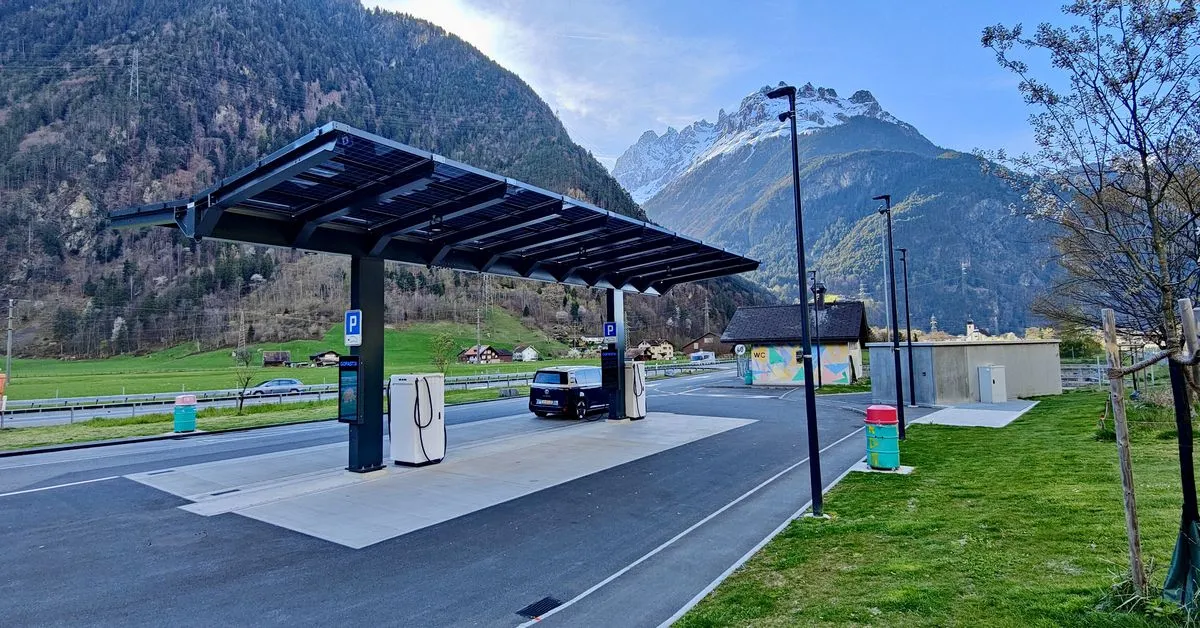- cross-posted to:
- futurism@lemmy.ca
- technology@lemmy.world
- europe@feddit.de
- cross-posted to:
- futurism@lemmy.ca
- technology@lemmy.world
- europe@feddit.de
EU passes law to blanket highways with fast EV chargers by 2025::The chargers must be placed every 60km (37mi) and allow ad-hoc payment by card or contactless device without subscriptions.



Not sure how viable they are, but what about swappable batteries? Leave your battery at the station, move on with a fresh one.
Not really viable - the battery is often heavier than the rest of the car, more expensive than the the rest of the car, and structurally integral to the rest of the car. It’s more like “swapping cars” than swapping batteries.
It might make sense for special niches like trucking… but in that case it’d really make more sense to just swap the trailer to a different truck. Or use a train with batteries on one or two of the carriages, or run a power line along the track to power the motors, or use hydrogen (which has a power to weight ration that makes diesel look terrible), or use a wind/solar (not everything needs to arrive quickly, and on the ocean you don’t need to worry about slow vehicles holding up traffic).
Technically, it can be done, but realistically swapping is only an option on motorcycles (those batteries are exponentially smaller and lighter and cheaper, because they get more range by not having to haul a massive battery ever time you leave a traffic light).
Tesla looked into that and did not really see it as viable for consumer vehicles.
If solid state batteries can get past their longevity issue, getting 500-600km range in 10 minutes will be possible. Toyota claims to be working on a battery that can charge twice that in 10 minutes that is supposed to be available by 2028. But they also claimed to be working on one that would have been commercially available in 2021. Clearly that did not happen.
If longevity is an issue that can’t be bypassed, it might make sense to have a car that has a smaller standard lithium ion battery that can go 75 km and then a solid state that is able to go 300-400 km. The lithium ion battery would cover over 95% of trips but when longer range is needed along with faster charge time, the solid state could be used. That would allow for less wear on the solid state while also minimizing range anxiety and long range charge time